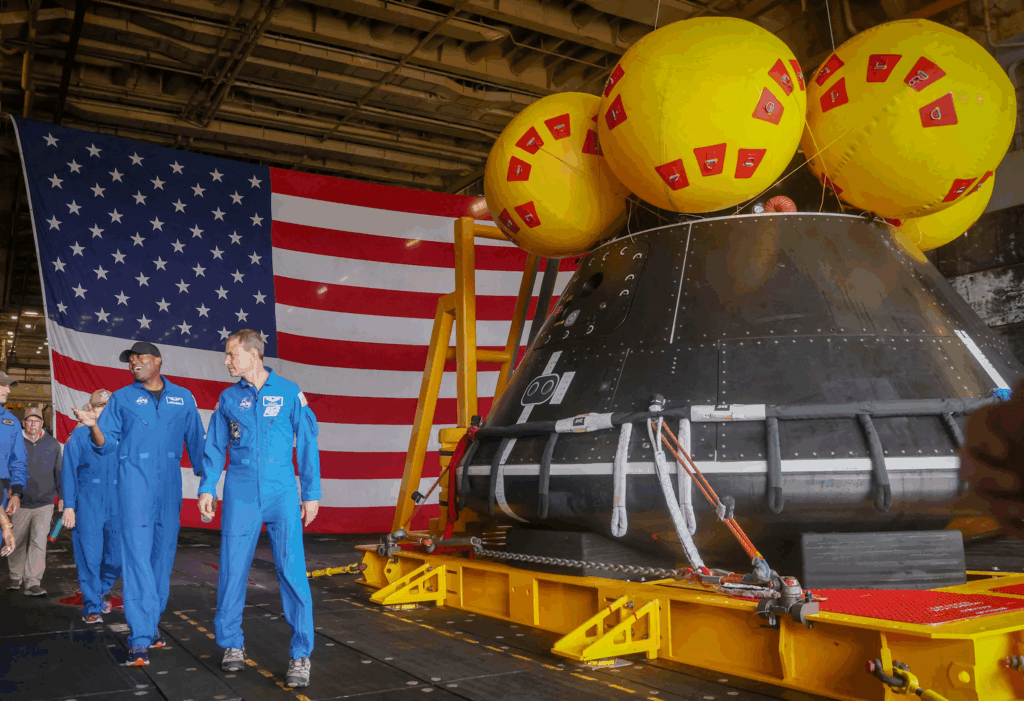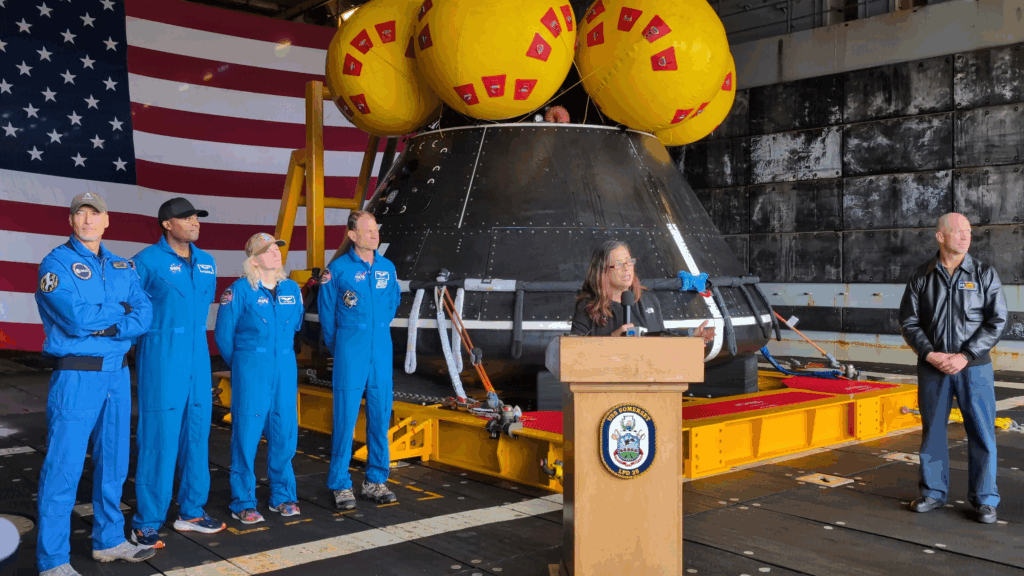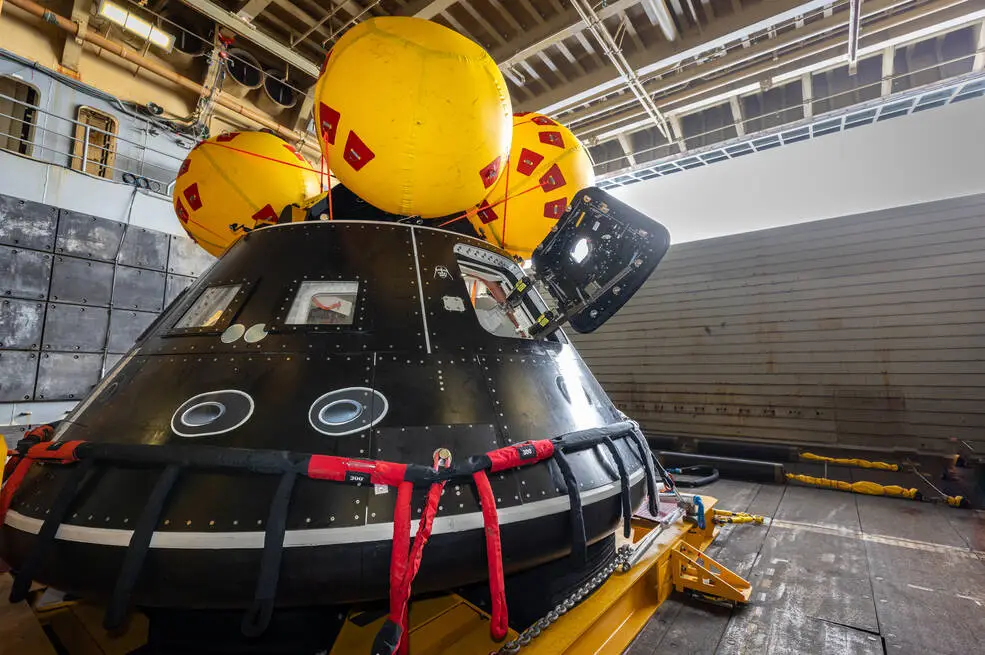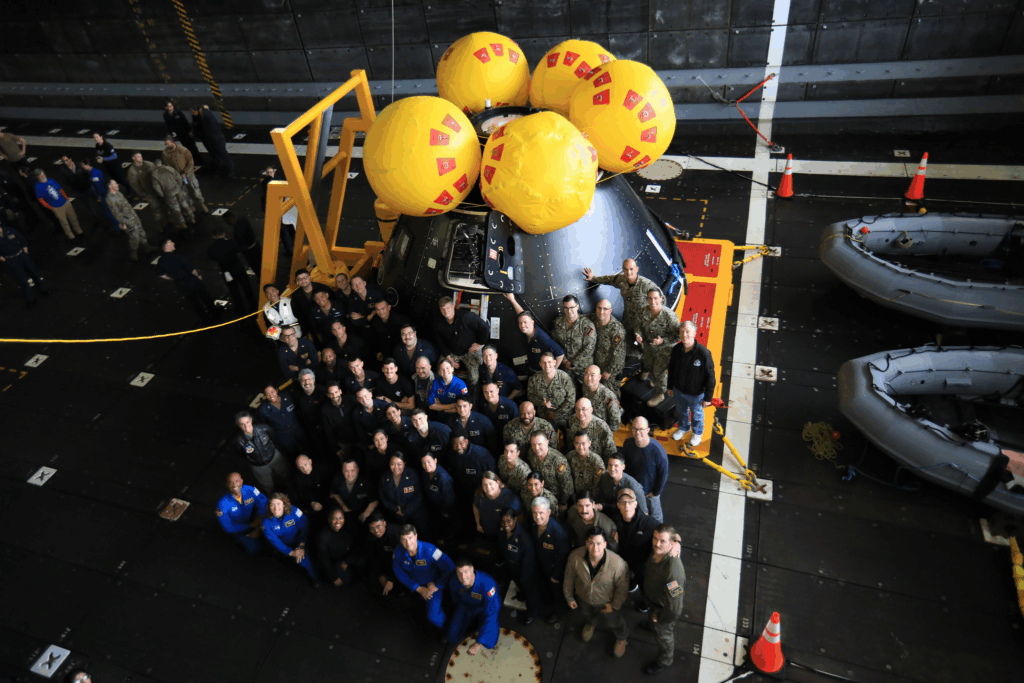ORLANDO, Fla. — When President Donald Trump floated his budget for NASA for 2026, it slashed the science budget by half, proposed the end of the Artemis program’s Space Launch System rocket, Orion spacecraft and Gateway lunar station, and cut back support of the International Space Station.

While Congress will ultimately decide which programs get funded in the federal government’s budget, that may not happen for months. Instead of waiting, Sen. Ted Cruz, R-Texas, took aim at Trump’s tax and spending bill, which the president has been calling the “big, beautiful bill.”
Cruz spearheaded an amendment to shoehorn more than $10 billion into the legislation, also known as a reconciliation bill, to save some of those NASA targets. It also sets aside money to move retired Space Shuttle Discovery from its current home at the Smithsonian outside of Washington to Texas.

Cruz is the chair of the Senate Commerce, Science, and Transportation Committee, and initially proposed the amendment “ensuring the U.S. — not China — gets to Mars and gets back to the moon first.”
The lone flight of SLS on Artemis I in 2022 remains the most powerful rocket to ever reach orbit. Artemis II, which will feature the first crewed flight of Orion, is slated for no later than April 2026 on a mission to fly around, but not land on the moon. Artemis III is still on the calendar for summer 2027, which looks to return humans to the lunar surface for the first time since the end of the Apollo program in 1972.

Trump’s proposed budget still looks to kill off the use of both SLS and the Orion spacecraft after Artemis III, and instead continue its moon and Mars missions using commercial rockets such as SpaceX’s Starship and Blue Origin’s New Glenn. It also looks to kill the Gateway lunar space station, parts of which were supposed to be launch on Artemis IV.
Cruz’s supplemental funding proposal instead adds $2.6 billion to fully fund Gateway.

By keeping them, it would also save jobs at KSC. Trump’s proposed budget also seeks to shutter the KSC-based Exploration Ground Systems program, which employs about 500 civil servants and 3,000 contractors. Among all Artemis programs, KSC employs about 700 civil servants and 3,850 contractors, according to NASA.